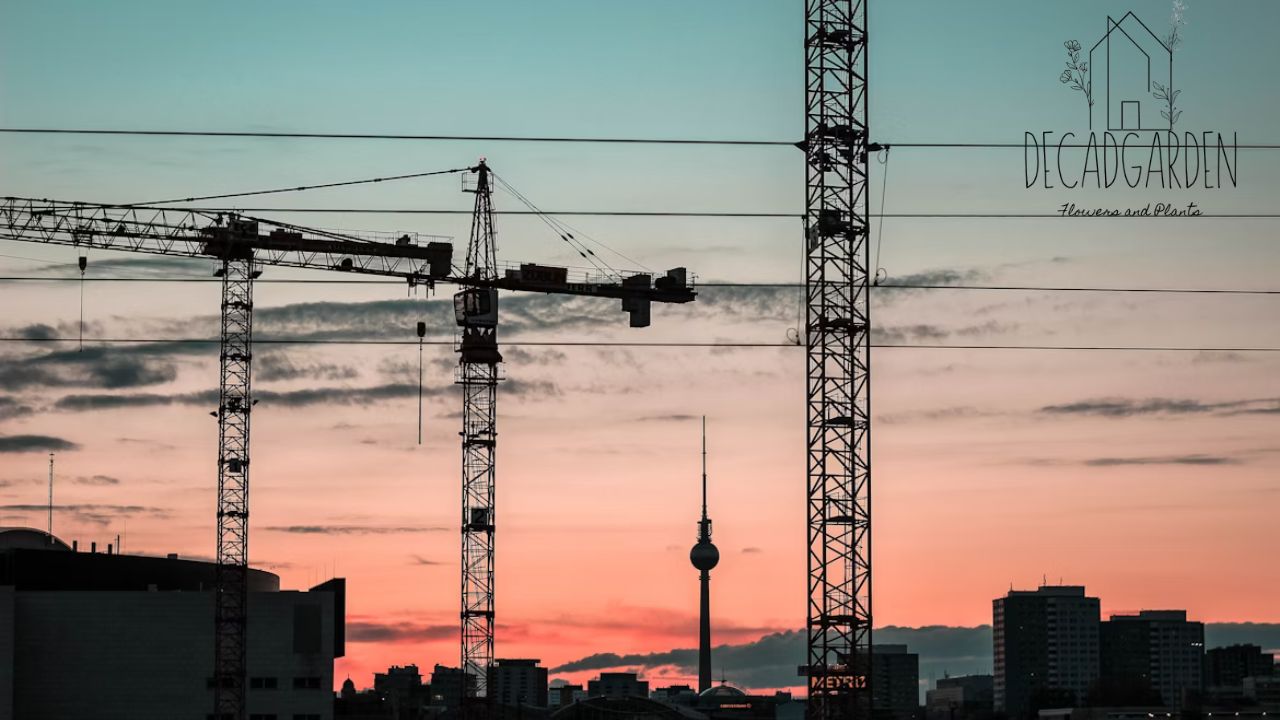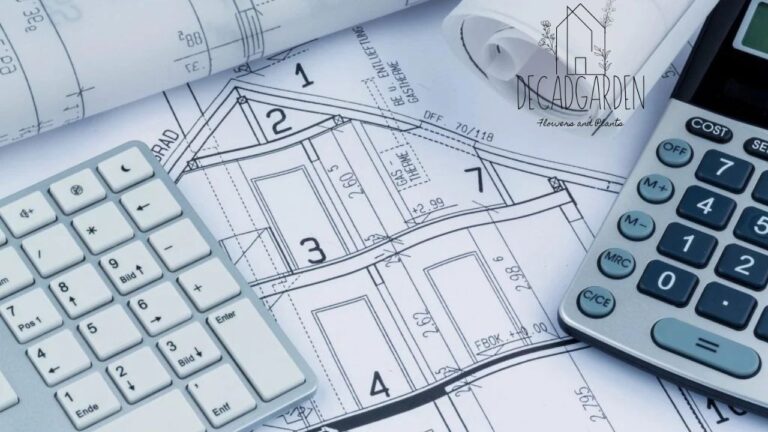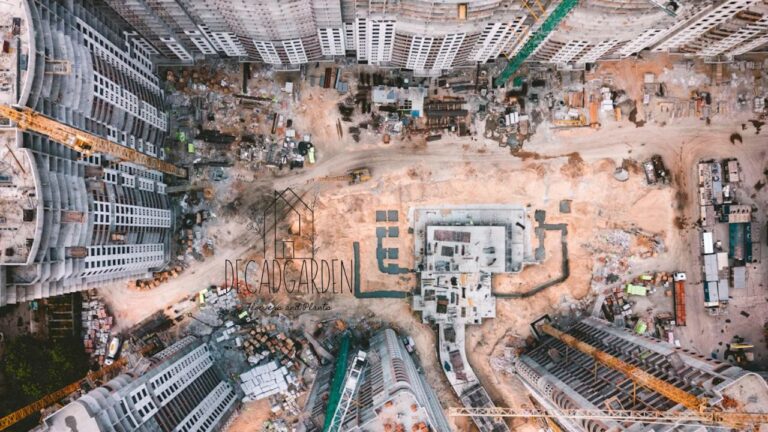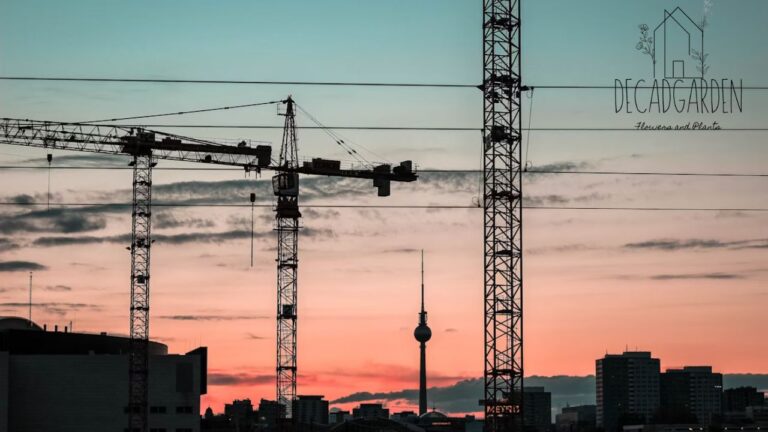Building your dream home is an exhilarating venture, but it often comes with financial complexities. One of the first things you’ll need to explore is construction loan rates, as these will significantly influence the cost of your project. Whether you’re a first-time builder or a seasoned investor, understanding these rates can save you time, money, and headaches.
To help you make informed decisions, we’ve gathered everything you need to know about construction loan rates, from average costs to user reviews, expert insights, and FAQs. By the end of this guide, you’ll feel confident navigating the complexities of construction financing.
Quick Summary Table of Construction Loan Rates
| Loan Type | Interest Rates (2025) | Loan Term | Purpose |
|---|---|---|---|
| Standard Construction Loan | 5.5% – 9.1% | 6-24 months | Short-term financing for new builds |
| Construction-to-Permanent | 6.0% – 8.5% | 15-30 years | Transition to long-term mortgage |
| Owner-Builder Loan | 7.0% – 10.5%+ | Flexible | Financing for builders managing the project themselves |
| FHA Construction Loan | 5.25% – 7.5% | Up to 30 years | Government-backed loan with lower down payments |
| VA Construction Loan | 5.0% – 6.5% | Flexible | For qualifying veterans with 0% down |
| USDA Construction Loan | 5.25% – 6.5% | Up to 30 years | For rural and suburban borrowers |
Note: Rates are subject to change based on lender policies, credit scores, and market conditions.
What Are Construction Loan Rates?
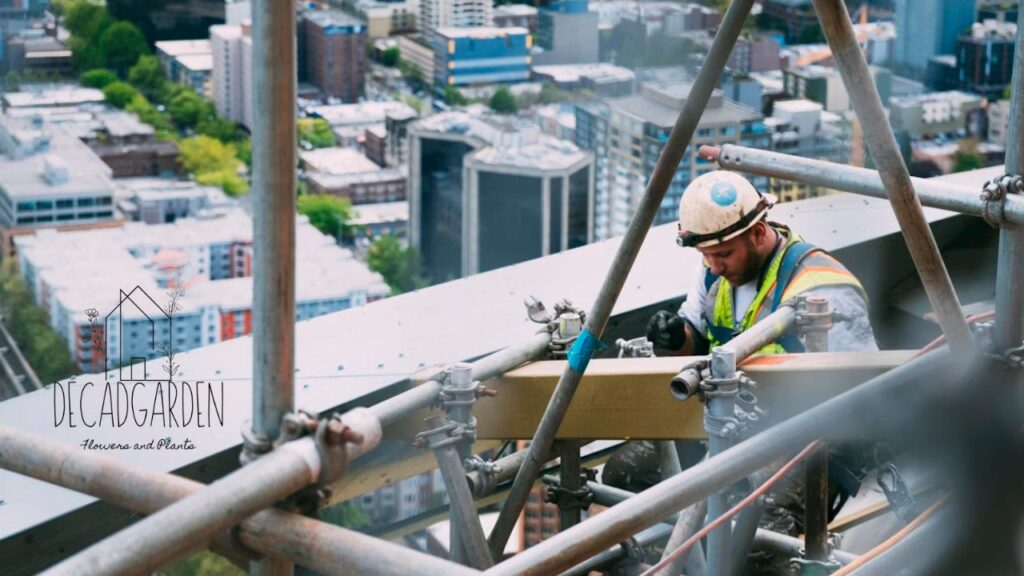
Construction loan rates are the interest rates applied to short-term loans designed to cover the costs of building a home or property. These rates are typically higher than standard mortgage rates due to the higher risk associated with construction projects. Factors like lender policies, borrower creditworthiness, and market trends influence these rates.
Why Are Construction Loan Rates Higher?
Lenders assume a greater risk with construction loans because the property itself often serves as collateral, and there’s always a possibility of incomplete construction. This risk is factored into the interest rates, making them higher compared to traditional home loans.
How Do They Work?
- Disbursement Schedule: Lenders release funds in phases, known as draw stages, ensuring money is spent on completed portions of your project.
- Repayment: While building, you’ll typically pay only the interest on the loan. Once construction is complete, many loans require full repayment unless converted into a permanent mortgage.
Example Scenario
Imagine you’re building a home valued at $500,000, and the construction loan has a 6% interest rate. If you borrow $400,000 for a 12-month project, your monthly interest-only payment could range from $1,500 to $2,000 depending on how much is disbursed at a given time.
Types of Construction Loans
Understanding the different types of construction loans helps you pick one that suits your needs. Here’s a breakdown:
1. Standard Construction Loans
These loans are short-term, typically lasting 6-24 months. They’re popular for people who plan to repay the loan with another form of financing, such as a mortgage.
- Best for: New builds where you have a clear plan to refinance upon completion.
- Example: A first-time homeowner hires builders for a $350,000 house. They secure a construction loan with a 7% interest rate, repay it within 18 months, and refinance into a 30-year mortgage.
2. Construction-to-Permanent Loans
This option combines a short-term construction loan with a traditional mortgage. Once construction is completed, the loan transitions seamlessly into a fixed-rate or adjustable-rate mortgage.
- Best for: Avoiding multiple closing costs.
- Benefits: Predictable payments post-construction.
3. Owner-Builder Loans
These loans are specifically designed for those who plan to act as their own contractor. Lenders may impose stricter qualifications, given the increased complexity and risk associated with self-managed projects.
- Challenges: Higher rates and stringent requirements.
Case Study
Sarah, an experienced architect, took out an owner-builder loan at an 8.5% interest rate to construct her environmentally friendly home. By managing everything herself, she saved on contractor fees but needed strong financial documentation to secure the loan.
4. Government-Backed Loans
- FHA Construction Loans offer affordability with minimal down payments.
- VA Construction Loans are exclusive to veterans, featuring competitive terms.
- USDA Construction Loans target borrowers in defined rural or suburban areas.
These loans typically feature competitive rates and reduced upfront costs.
How to Qualify for Favorable Rates
Landing the best possible construction loan rates involves preparation. Here’s how you can stack the odds in your favor:
1. Improve Your Credit Score
Most lenders require a credit score of 680 or higher for construction loans. Check and fix any discrepancies in your credit report.
2. Provide a Strong Down Payment
A 20%-25% down payment not only secures approval but can also lower your interest rate. Saving for this amount puts you in a stronger negotiation position.
3. Work With Trusted Lenders
Reputable lenders are often more flexible when negotiating terms. Request quotes from multiple sources to compare rates.
User Reviews:
- ⭐⭐⭐⭐⭐ “XYZ Bank’s construction loan was straightforward. They walked us through every step!” – John D.
- ⭐⭐⭐ “Our rate with ABC Lenders seemed high at first, but the transparent terms convinced us.” – Maria R.
4. Detail Your Construction Plan
Lenders prefer comprehensive plans, including timelines, budgets, and contractor certifications. The more detailed your application, the better your chances of approval.
5. Keep Debt Low
A low debt-to-income ratio demonstrates financial security to lenders.
FAQs About Construction Loan Rates
1. Are construction loan rates fixed or variable?
Most construction loans have variable interest rates. However, you can lock in fixed rates with certain lenders or loan types like construction-to-permanent loans.
2. How much should I expect to pay monthly?
Your monthly payments depend on your loan amount, interest rate, and disbursement schedule. Interest-only payments are typical during the construction phase.
3. What happens if my project exceeds its timeline?
Lenders may extend your loan term, but this often incurs extra fees or higher rates.
4. Can I negotiate construction loan rates?
Yes! Providing a stronger credit score, higher down payment, or working with preferred contractors can help lower rates.
5. Is a construction-to-permanent loan worth it?
Absolutely! Many homeowners find the ability to lock in a fixed rate for their final mortgage invaluable.
Final Thoughts
Navigating the landscape of construction loan rates might feel overwhelming, but with the right information and preparation, you can confidently build your dream home. Focus on understanding your needs, shopping for competitive rates, and maintaining solid financial health to secure the best terms.
Building a home is more than just a financial investment—it’s a chance to create something uniquely yours. Armed with this guide, you’re now ready to take the first step toward turning your dream into reality.
Admin Recommendation
Garden Pest Crossword Clue: A Fun Guide to Solving and Understanding

